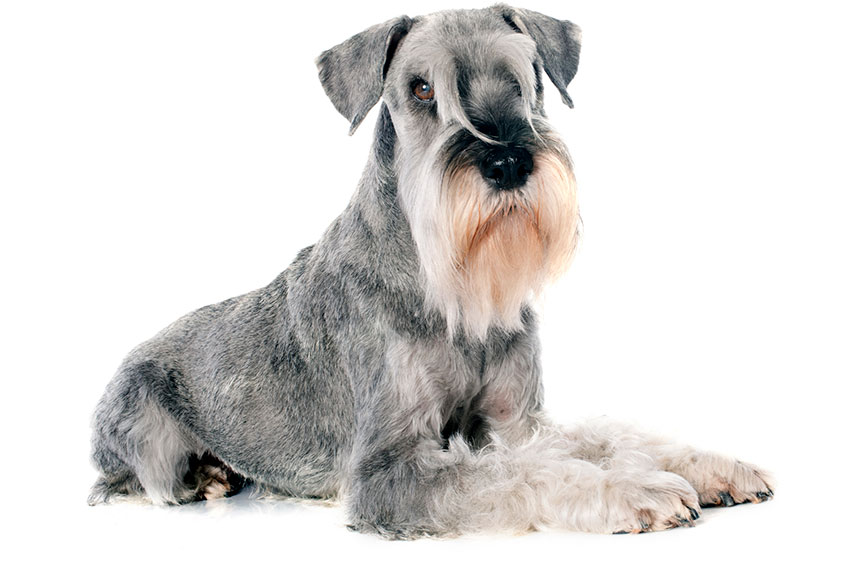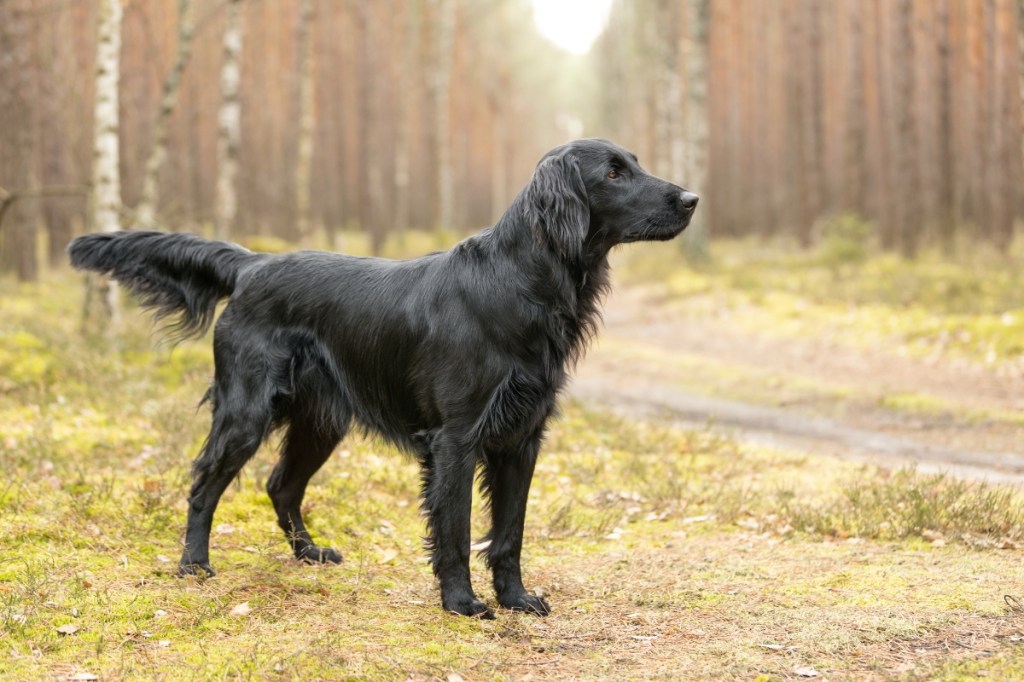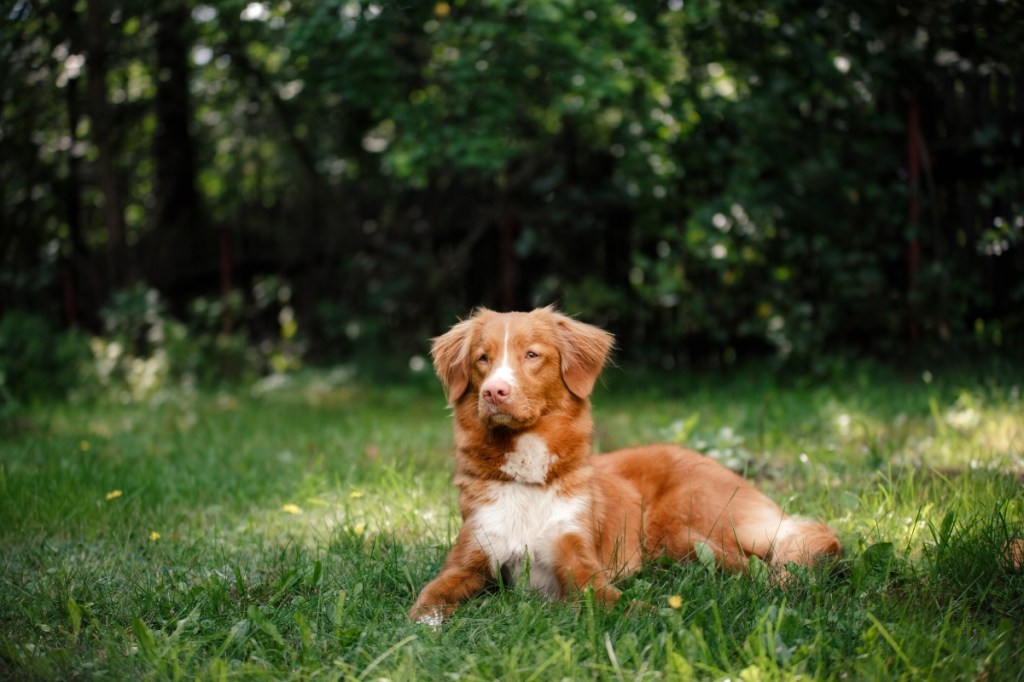Harsh winter weather can irritate pets’ sensitive paws. Ice and snow are hazards, as are deicing chemicals on streets and sidewalks. Paw pads, claws and fur are all vulnerable to injury or irritation, so it’s important to protect your pet’s paws. Here are four simple ways to keep your pooch’s paws safe this season.

1. Get some booties!
While some dogs aren’t too fond of footwear, this is the easiest way to protect your pet’s paws. Available online and at pet stores, dog booties are essentially breathable water shoes designed for pooches. Prices range from $16 and up, depending on your dog’s size and the quality of the booties.
Most fasten with velcro straps or are elasticized for comfort and easy dressing. The shoes do take some getting used to – search YouTube for some dogs test-wearing their booties – but eventually your pet will tolerate them.
2. Do a post-walk paw wipe.
During the winter, sidewalks and streets are coated with deicing chemicals, antifreeze and salt. These crystals can stick to your pet’s paws, potentially causing irritation of the skin and paw pads. When your pet cleans his or her paws, the chemicals are ingested.
Dog antifreeze poisoning is highly dangerous and can lead to vomiting, seizures, coma and even death if left untreated. Salt and other street chemicals can also cause digestive complications or harm the throat and mouth.
The best way to prevent paw irritation or worse is to gently wipe your dog’s paws post-walk, using a damp towel and some mild soap. Check for redness, cracking or general irritation of the paw pads, which are very sensitive.
3. Apply a pre-walk paw balm.
Preventative care is the best way to protect your pet’s paws from the elements; massage petroleum jelly or a specialized paw balm into your pet’s paw pads before your daily romp. The balm acts as a barrier between your pet’s paws and the street, so chemicals and salt don’t come into contact. However, particles will stick to the balm, so you should still do a post-walk paw wipe, as explained above.
Look for balms labelled “all-natural” – even if your pet does ingest it, the balm is harmless. Paw balms are also good for cracked or dry paw pads. Common ingredients include shea butter, aloe vera and coconut oil for extra moisturizing.

4. Keep nails neat.
It’s especially impotant to keep your pet’s nails trimmed to a comfortable level. Dog nail care includes trimming and monitoring nails for splits, cracks or other painful abnormalities.
The ASPCA recommends clipping your pet’s nails when they’re long enough to reach the ground. Pets’ nails grow at different lengths depending on diet, breed and what surfaces they walk on. Dogs who walk on hard surfaces like asphalt and concrete will have their nails worn down and may rarely need a trim.
If you’re uncomfortable clipping your pet’s nails yourself, find a groomer. Some vet clinics will also trim a pet’s nails for a small fee; this is recommended for extreme cases of anxiety or aversion, which some dogs struggle with.








